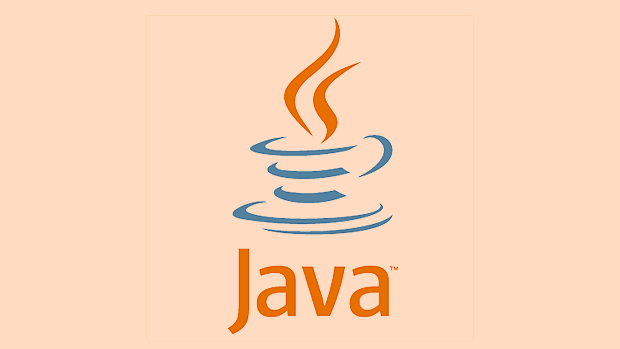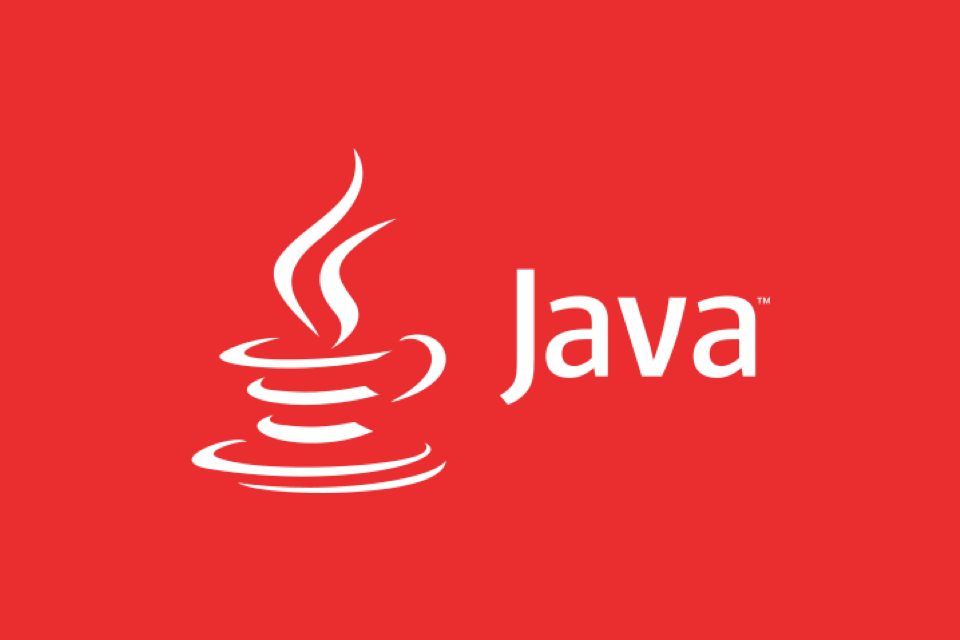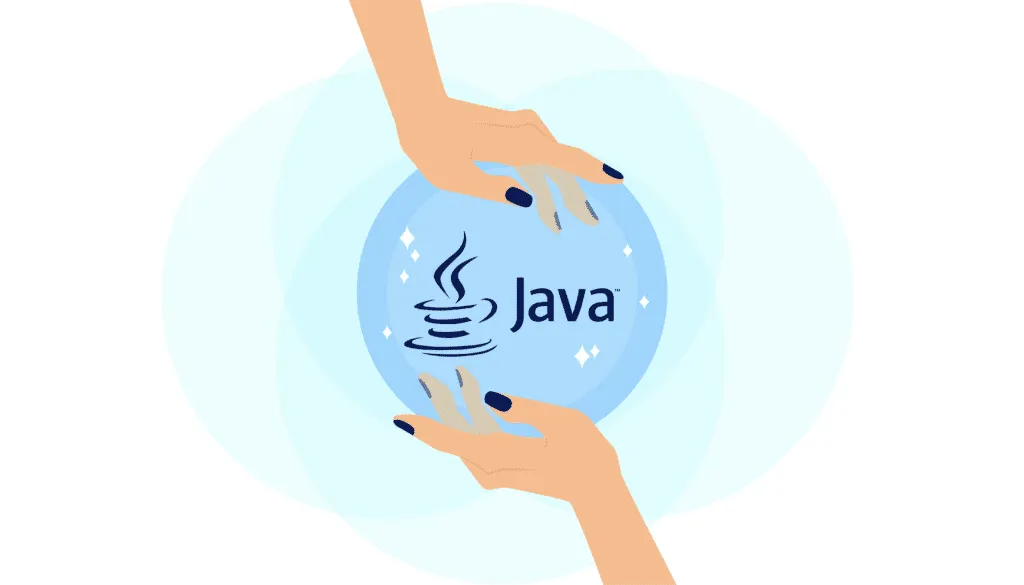Comparing Traditional Java IO with New IO (NIO)
Jul 13, 2025 am 02:50 AMTraditional IO is suitable for simple file reading and writing, while NIO is suitable for concurrent and non-blocking scenarios. 1. Traditional IO is a blocking stream operation, suitable for small amounts of connections and sequential processing; 2. NIO is based on channels and buffers, supports non-blocking and multiplexing, suitable for high concurrency and random access; 3. NIO can memory map files, improving the processing efficiency of large files; 4. Traditional IO API is simple and easy to use, strong compatibility, and high NIO learning and debugging costs; 5. Choose according to performance requirements, if there is no bottleneck, there is no need to force replacement.

Java IO operations have undergone two major changes in the development process: traditional Java IO and Java NIO (New IO). They each have applicable scenarios, but when choosing, it should be determined according to the specific needs. If you need to deal with a large number of concurrent connections or non-blocking operations, NIO is more suitable; if it is just simple file reading and writing, traditional IO is still enough.

Blocking vs. non-blocking
This is one of the most core differences between the two.

- Traditional IO is based on Stream, and every read and write is blocked. That is, when you call
read()orwrite(), the program will wait until data is read or written. - NIO is based on channels (Channel) and buffers (Buffer), and supports non-blocking mode. You can initiate a read request and do something else, and then come back to process the data when it is ready.
For example, suppose you have a server that processes 1000 client connections at the same time:
- With traditional IO, you may need to open one thread for each connection, which can lead to high resource consumption and complex management.
- With NIO, you can use one thread to monitor multiple channels, and realize event-driven through Selector, which is more efficient.
Different data transmission methods
Another key difference is the way data is transmitted.

- Traditional IO is a streaming transmission for bytes or characters, and the data must be processed in order and cannot be read and written leap.
- NIO supports mapping files into memory (Memory-mapped files), allowing random access to file contents, which is faster.
For example, you want to read the middle part of a large file:
- Traditional IO must be read from scratch until the target position.
- NIO can directly jump to the specified location for reading, saving time.
This is also why NIO is more popular in handling large files or high-performance scenarios.
Coding habits and compatibility
Although NIO has better performance, it also has its "threshold" in actual development.
- The traditional IO API is simple and intuitive, with low learning cost, and is suitable for most basic application scenarios.
- NIO 's API is relatively complex and requires understanding of concepts such as Buffer, Channel, and Selector, so debugging is also more troublesome.
In addition, many old systems or libraries still use traditional IO, and the migration cost is not low. Unless you do encounter a performance bottleneck, there is no need to force NIO to switch.
Basically that's it. The two types of IO have their own advantages, and which one is chosen depends on your project requirements and performance requirements.
The above is the detailed content of Comparing Traditional Java IO with New IO (NIO). For more information, please follow other related articles on the PHP Chinese website!

Hot AI Tools

Undress AI Tool
Undress images for free

Undresser.AI Undress
AI-powered app for creating realistic nude photos

AI Clothes Remover
Online AI tool for removing clothes from photos.

Clothoff.io
AI clothes remover

Video Face Swap
Swap faces in any video effortlessly with our completely free AI face swap tool!

Hot Article

Hot Tools

Notepad++7.3.1
Easy-to-use and free code editor

SublimeText3 Chinese version
Chinese version, very easy to use

Zend Studio 13.0.1
Powerful PHP integrated development environment

Dreamweaver CS6
Visual web development tools

SublimeText3 Mac version
God-level code editing software (SublimeText3)

Hot Topics
 What are the advantages and disadvantages of NIO technology in Java functions?
May 01, 2024 pm 10:42 PM
What are the advantages and disadvantages of NIO technology in Java functions?
May 01, 2024 pm 10:42 PM
NIO (non-blocking IO) technology provides the advantages of high performance, scalability, low latency and low resource utilization in Java functions, but it also has higher complexity, the need for asynchronous programming, increased debugging difficulty, and system requirements. Higher disadvantages. In practice, NIO can optimize resource utilization and improve performance, such as when processing incoming HTTP requests.
 How to create a scalable API gateway using NIO technology in Java functions?
May 04, 2024 pm 01:12 PM
How to create a scalable API gateway using NIO technology in Java functions?
May 04, 2024 pm 01:12 PM
Answer: Using NIO technology you can create a scalable API gateway in Java functions to handle a large number of concurrent requests. Steps: Create NIOChannel, register event handler, accept connection, register data, read and write handler, process request, send response
 How does the NIO API in Java I/O streams work?
Apr 13, 2024 pm 09:36 PM
How does the NIO API in Java I/O streams work?
Apr 13, 2024 pm 09:36 PM
JavaNIO API is an advanced API for handling I/O operations that provides better performance and scalability than traditional blocking I/O: Buffers: memory for transferring data between applications and the operating system area. Channels: Abstract concept that represents the connection between an application and an I/O device. Selectors: Used to poll multiple channels to determine which channels are ready for reading and writing.
 Essential Tools and Technologies: Solve Java Reading Large File Abnormalities
Feb 25, 2024 pm 11:18 PM
Essential Tools and Technologies: Solve Java Reading Large File Abnormalities
Feb 25, 2024 pm 11:18 PM
Necessary tools and techniques to solve Java large file reading anomalies. Specific code examples are required. In the process of Java development, we often encounter situations where large files need to be read. However, when the file is too large, traditional file reading methods may cause exceptions, such as memory overflow or performance issues. In order to solve this kind of problem, we need to use some necessary tools and technologies. This article will introduce several commonly used solutions, with specific code examples. Using BufferedReader and FileReaderBuff
 What is the connection between NIO technology and Reactor pattern in Java functions?
Apr 30, 2024 pm 01:09 PM
What is the connection between NIO technology and Reactor pattern in Java functions?
Apr 30, 2024 pm 01:09 PM
NIO technology and Reactor mode in Java functions NIO (non-blocking I/O) and Reactor mode are important technologies in Java concurrent programming. In Java functions, they are widely used through the Netty framework. NIO technology NIO is a non-blocking I/O model. Unlike traditional blocking I/O, NIO does not block the calling thread, but notifies the application through a callback mechanism when the I/O operation is ready. This enables applications to handle multiple I/O operations simultaneously, improving concurrency. In Java functions, NIO usually uses classes in the java.nio.channels package. Show
 How does NIO technology handle non-blocking IO operations in Java functions?
May 01, 2024 am 10:12 AM
How does NIO technology handle non-blocking IO operations in Java functions?
May 01, 2024 am 10:12 AM
NIO technology handles non-blocking IO operations and uses event-driven mechanisms to process I/O asynchronously to improve efficiency in high concurrent request scenarios. Manage IO operations by defining channels, creating Selectors, registering channels to Selectors, listening to events, and processing event steps. The practical case shows the server-side non-blocking Echo program, which uses NIO to asynchronously accept and respond to client connection requests.
 How does Java use NIO to optimize IO to implement file upload and download functions?
May 12, 2023 pm 09:31 PM
How does Java use NIO to optimize IO to implement file upload and download functions?
May 12, 2023 pm 09:31 PM
1. Some basic preparatory knowledge of NIO. BIO and NIO in the system of IO stream class in Java: https://blog.csdn.net/ZGL_cyy/article/details/104326458. JavaIO system and NIO and BIO system interview questions: https://blog. csdn.net/ZGL_cyy/article/details/122836368Why use NIO: Because the traditional IO file transfer rate is low, NIO is chosen for file download operations. Another advantage of NIO is that zero copy can reduce the duplication of data in memory and reduce the effect of CPU operations. Place
 How do Java NIO channels and buffers work?
May 07, 2023 pm 02:25 PM
How do Java NIO channels and buffers work?
May 07, 2023 pm 02:25 PM
Channels and buffers are core objects in NIO, and they are used in almost every I/O operation. A channel is a simulation of the stream in the original I/O package. All data to any destination (or from anywhere) must pass through a Channel object. A Buffer is essentially a container object. All objects sent to a channel must first be placed in a buffer; similarly, any data read from a channel must be read into a buffer. What is a buffer? Buffer is an object that contains some data to be written or just read. Adding the Buffer object to NIO reflects an important difference between the new library and the original I/O. In stream-oriented I/O, you write data directly or






